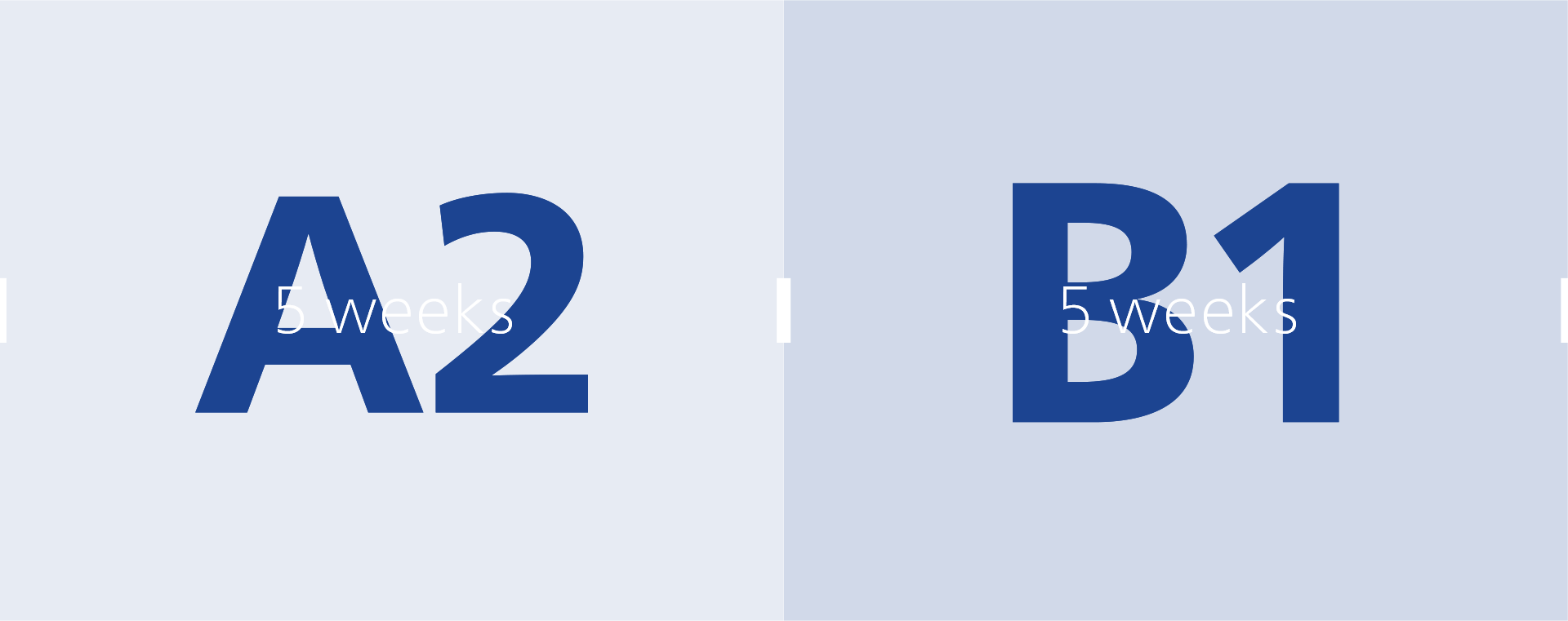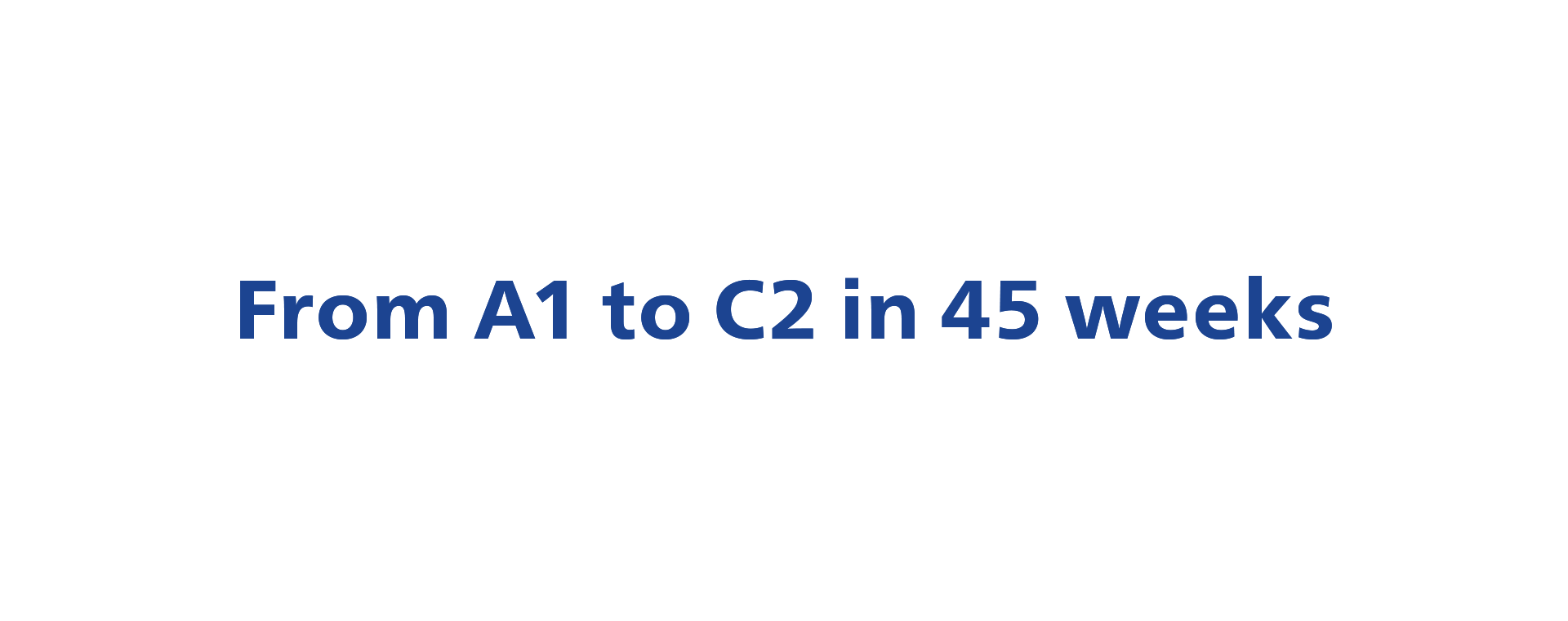Course System
The Humboldt-Institut looks back on decades of experience in teaching German as a foreign language.
Thanks to a comprehensive placement test, the Humboldt-Institut can place its course participants according to their active level of knowledge. This enables us to teach in small and homogeneous classes. In addition, the participants’ individual knowledge gaps can be determined and closed during the course.
Thanks to this approach, all course participants, from total beginners with no prior knowledge of German to advanced learners, are taught at the level that suits them and all students are efficiently guided on their way to the desired learning goal.
Discover the benefits of a German course at the Humboldt-Institut.

The advantages of a German course at the Humboldt-Institut
- Linguistic immersion
In the classroom and also outside, German is spoken and intermediary languages such as English are omitted. Thus, the students dive into the German language from the beginning (total immersion concept). - Holistic teaching concept
All basic skills such as listening comprehension, reading comprehension, speaking and writing are systematically trained in the classroom. In addition, attention is paid to the active mastery of grammar. All teachers follow an internal curriculum. - Independent curriculum
This internal curriculum is based on the CEFR (Common European Framework of Reference for Languages). It is independent of a text book and based on decades of teaching experience. This means that the teachers – depending on the respective level and topic – work with a combination of different textbooks and materials. The aim is to provide students with the best possible learning material and to close individual knowledge gaps on each level. - Active learning
Classes are action-oriented, so that the course participants have the opportunity to apply their knowledge in written or oral communication as often as possible, in guided, semi-guided or free form. In this way, the German knowledge is consolidated by active application. - Varied methods of teaching
Varied social forms in the context of cooperative learning (partner work, small group work, plenum, jigsaw method / group puzzle, conversation carousel and many more) enrich the lessons and provide a positive learning environment. - Speak fluently
Thanks to this lesson design, all course participants have an above-average share of speaking in class. - Experience learning progress
Daily homework and weekly tests help to consolidate what has been learned in class and allow students and teachers to transparently monitor their learning progress. - Intensive tuition
The number of lessons per week in our intensive German courses – 30 lessons for adults and adolescents and 25 lessons for children – is above average and contributes to a fast and efficient learning success.
How long does it take to learn German from A1 to C2?
The intensive courses for all ages are scheduled in stages of five weeks each. At the end of each level a level test has to be passed to move on to the next higher level.
For total beginners, the course start is possible at the beginning of a stage. Students with previous knowledge of German can join an already running course.
The following table gives you an overview of all levels of our German courses. The indicated duration is based on an intensive course 30 with 30 lessons of 45 minutes per week.
| Level | Duration | |
|---|---|---|
| A1 | Elementary 1 also for total beginners | 5 weeks |
| A2 | Elementary 2 | 5 weeks |
| B1 | Intermediate 1 | 5 weeks |
| B2.1 | Intermediate 2.1 | 5 weeks |
| B2.2 | Intermediate 2.2 leads to telc Deutsch B2 | 5 weeks |
| C1.1 | Advanced 1.1 leads to TestDaF | 5 weeks |
| C1.2 | Advanced 1.2 leads to telc Deutsch C1 Hochschule | 5 weeks |
| C2.1 | Advanced 2.1 | 5 weeks |
| C2.2 | Advanced 2.1 | 5 weeks |
| Total duration | 45 weeks |
The levels of the German courses – A1, A2, B1, B2, C1 and C2 – are based on the Common European Framework of Reference for Languages (CEFR).
German courses in Germany with accommodation
All intensive courses are offered as complete packages including accommodation, full board and an extensive cultural and leisure program. German is spoken not only in the classroom, but also during meals and activities.
This way, our students learn to apply their German knowledge acquired in the classroom naturally in everyday situations. This proven concept has a major impact on the overall success of the German courses at the Humboldt-Institut.
Test your German online!
With our free online test, you can check your German level quickly and easily.
Additional information
You can find details about the German courses for the different age groups and the course locations on the overview pages:
German courses for children and teenagers
German courses for adults
German courses for executives
German courses for groups







